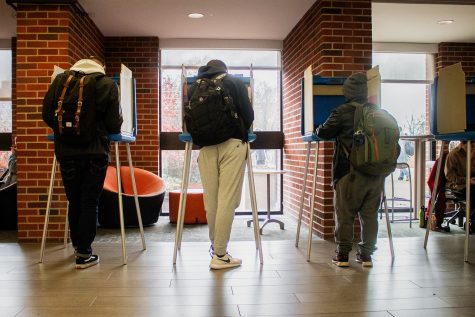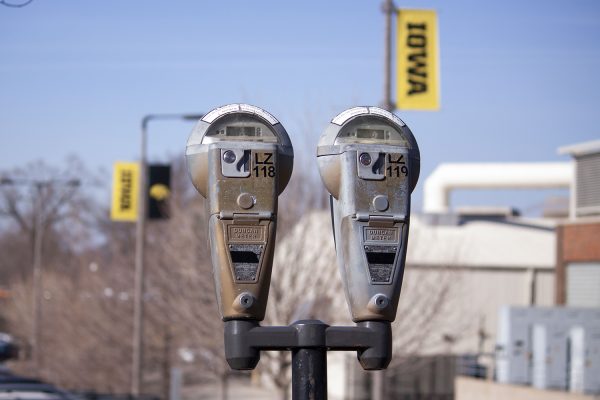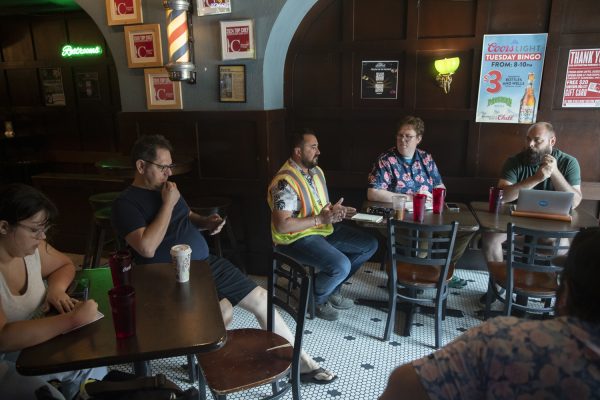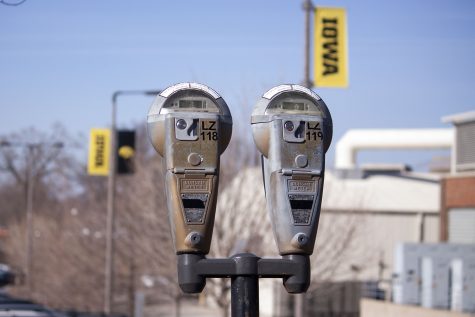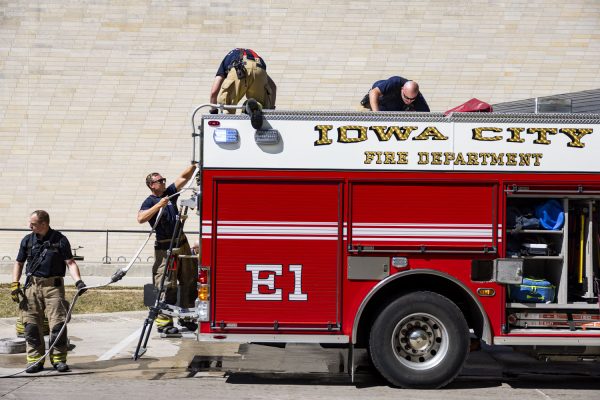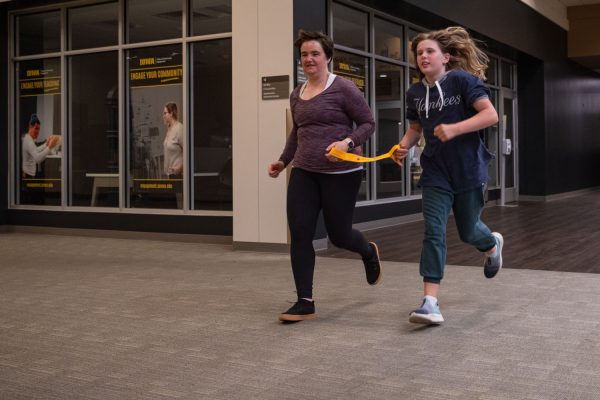Iowa City Public Library to focus on DEI, alternatives to police intervention in new strategic plan
The plan commits to more resources dedicated to underrepresented populations and an intention to rely less on police for library policy violations.
The Iowa City Public Library is seen on Monday, September 16, 2019. The new energy kits available at the library are encouraging efforts towards an energy-efficient home.
October 4, 2020
The Iowa City Public Library is working toward committing 30 percent of library resources to BIPOC communities by fiscal 2022 and looking for alternatives to police intervention for library policy violations.
The Iowa City Public Library released its strategic plan for 2021-23 on Sept. 23, which outlined these objectives.
Director Elsworth Carman said the objective to commit a certain percentage of resources for and with BIPOC populations was a response to the Black Lives Matter movement and an acknowledgement that public libraries can do more to represent their communities.
He said this objective would be difficult to measure, but that it was important to name the objective’s intention from the beginning.
“The key word to me in that whole statement is the ‘with,’” Carman said. “It’s not the idea that we’ll have a bunch of librarians thinking, ‘Oh, what program can I do that will draw more people of color?’ It’s more thinking about how can we engage community members in the creation of our programs, and in the decision-making around our collections to make sure that those voices are heard and amplified.”
Carman said the plan gives the library a year to develop a framework for how it will measure progress on the objective.
“We track a tremendous amount of data at the library about what we spend our money on, who we serve, and how we serve them,” Carman said. “So, some pieces of this will be much easier than others … I think programming and other non-physical item-based services will be much trickier.”
RELATED: Iowa City Public Library joins libraries across US to challenge e-book publishers
President of the Library Board of Trustees Wesley Beary said the search for alternatives to involving police for Library Use Policy violations comes from an understanding that police involvement can sometimes unnecessarily escalate situations that can be resolved in other ways.
“Trying to do what we can to resolve things in a way that will avoid that escalation seems like a good way to better keep the peace and avoid potential issues,” Beary said. “There are already issues happening, so just trying to make sure that we do what we can to resolve them in a way that is not worse than the problem itself.”
Carman said the point of this objective was to move police intervention further down on the library’s list of issue-resolution strategies, but that the objective does not mean the library is cutting ties with the police.
“When I was writing it, I was very aware that it could read as if we’re trying to make a departure from partnering with the police or something like that, and that’s not the case,” Carman said.
Iowa Freedom Riders organizer Raneem Hamad said she was glad to see parts of the community addressing and taking action on the future of police intervention, but was disappointed the library wasn’t ending its partnership with the police entirely.
“I wish it was more confident action in terms of completely cutting ties, but I also appreciate the work that folks are doing,” Hamad said.
Carman said the library was originally slated to create a five-year plan but shifted to a three-year framework when COVID-19 caused it to close earlier this year.
Though recent events, such as the Black Lives Matter movement, highlighted the need to include objectives that focused on social justice, Carman said significant community feedback as early as the fall of 2019 had already pointed the library in that direction.
“We heard a lot of comments from the community about interest in social justice, interest in equity, interest in diversity, and making sure that community resources were used in a way that all people felt welcome,” Carman said, “and that it would speak to everyone in the community and not just a specific group.”




